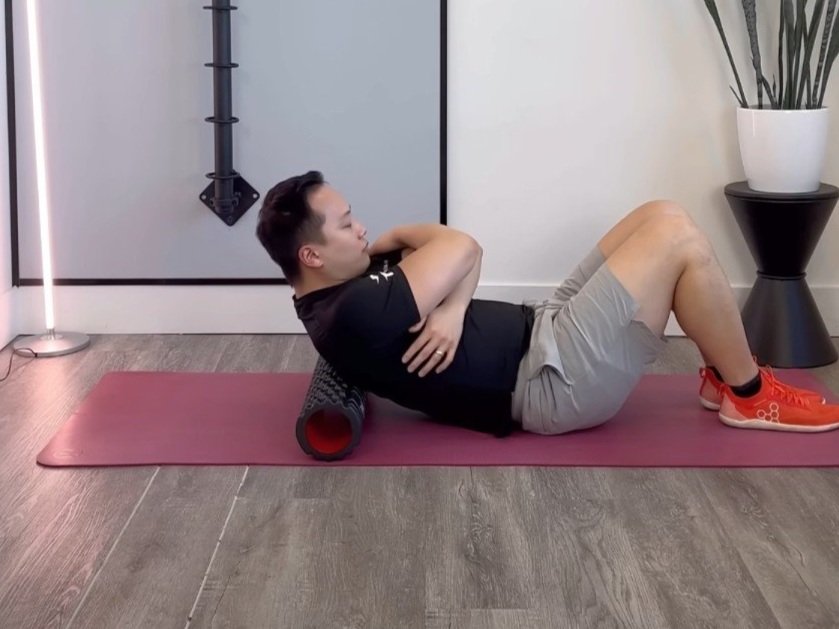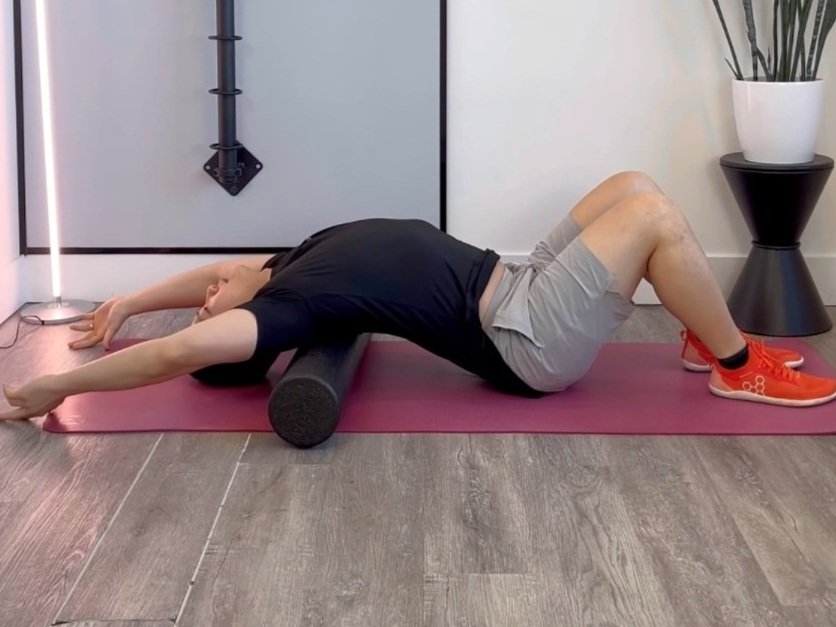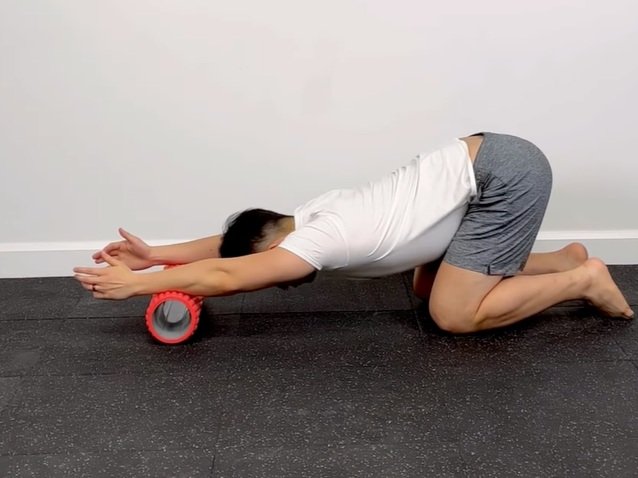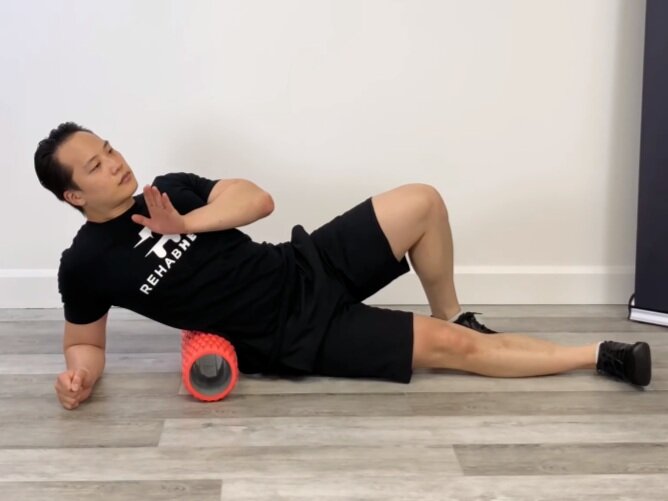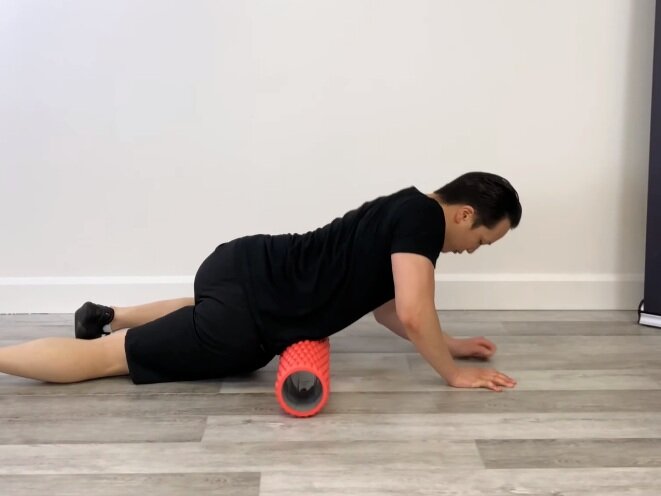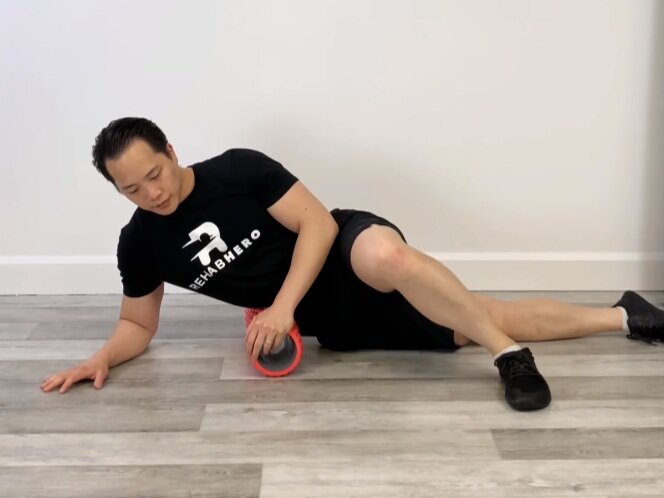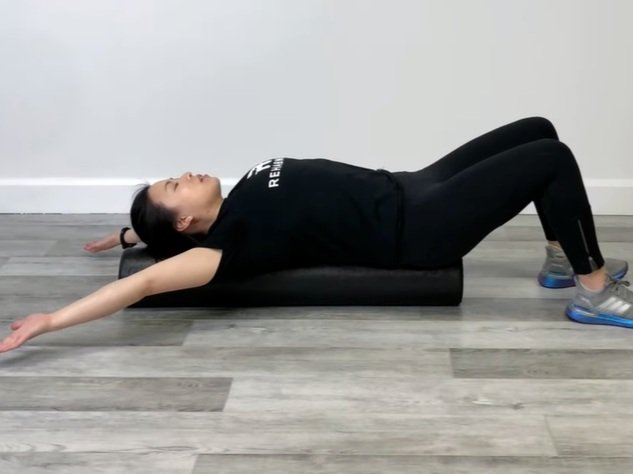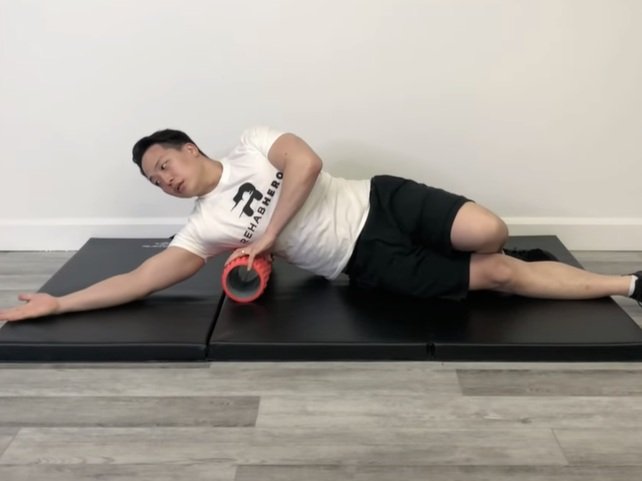Does percussive massage work?
Are you wasting your money on massage guns?
Learn about massage guns and whether or not it’s worth the investment.
What is percussive massage?
Percussive massage is a form of vibration therapy that is used to address musculoskeletal symptoms. In recent years it has been gaining in popularity due to the technological developments and the ease of access to percussive massage tools.
Percussive therapy has been classified to fall under the umbrella of vibration treatment / mechanical vibration, however not all vibration therapies fall under percussive therapy. The basis of the proposed benefits of percussive therapy fall in line with the known benefits of mechanical vibration.
While whole body vibration therapy has been shown to improve muscular strength, power development, kinesthetic awareness, and improve performance, does percussive massage on a single muscle have the same effect as well? This blog post will dig deeper in the effects of using massage guns.
How does it work?
Percussive massage is characterized as a deep tissue treatment (treatment that targets both fascia and muscle). It uses three main components: amplitude, torque, and frequency. Different values in each setting is thought to address muscular tissue differently allowing the device to cover the needs of different patient and athletic profiles.
Why do people use massage guns?
The goals of using percussive massage is to increase flexibility and performance, and to speed up the recovery process. The proposed benefits of using percussive massage are theoretically due to:
Immediate pain reduction
Increased blood flow
Improved scar tissue reformation
Decreased lactate
Reduced muscle spasms
Increased lymphatic flow
Inhibition of Golgi tendon reflex
Increased range of motion
Improved recovery based on principles of fascial connective tissue treatment
A lot of these goals were based on theoretical knowledge of the benefits of using vibration therapy, but does it actually work? Well this question depends on which type of benefit you are looking for.
One study took a look at using 5 minutes of percussion massage on the calf muscles to see if range of motion and maximum voluntary contraction were improved. These were two outcome measures that the study decided to use to measure whether or not flexibility and performance will actually increase with percussive massage. Findings show that ankle dorsiflexion significantly increased (by about 5.4 degrees) compared to the control group. However no improvements in maximum voluntary contraction was noticed. These findings are consistent with what is noticed with conventional massage therapy treatments. However there is one BIG limitation to this study, and that is the small sample size. This study was only done on 16 people, all of which were healthy males. So these results should be taken with a grain of salt as further research will be required to validate these results.
Does using a massage gun reduce muscle fatigue?
Well we know that using percussive massage may improve range of motion, and doesn’t really affect muscle contraction performance, but does it help with fatigue recovery?
It is thought that by improving muscle compliance and reducing muscle stiffness, you can create the best scenario possible for muscles to recover. Theoretically this might make sense as maintaining range of motion may help to reduce compensation mechanisms from kicking in… but what does the research actually say about this?
Another study looked into the effects of using percussive massage in between sets of bench press to see if it reduced the amount of fatigue experienced by the research subjects. For this study they used mean velocity, peak velocity, peak power, and muscle endurance as their outcome measures of performance recovery.
In this study they found no differences between peak velocity, peak power, or mean velocity between the control and intervention groups. However they did notice increases in muscle endurance as participants in the percussive massage group had a greater number of repetitions compared to the control group. This observation was increasingly noticed with the increase in the number of consecutive sets. The study then concluded that percussive massage may have a positive effect on fatigue delay.
However, similar to the previous research study, the sample size was considered to be small, with only 24 participants, all of which were healthy individuals.
Does using a massage gun improve recovery?
The use of percussive massage has been a popular choice following intense exercise activity due to the perceived benefits it may have on recovery. Along with manual therapy, foam rolling, and mechanical vibration, percussive therapy has become a common choice for all exercisers alike.
Mechanical vibration has been shown to decrease tension on the muscle-tendon attachments leading to increased muscle performance, flexibility, reduced muscle stiffness, decreased DOMS, decreased serum creatine kinase and increased blood flow. Manual therapy has been shown to decrease muscle pain. Foam rolling has shown to reduce the perception of pain, decrease DOMS, and prevent decline in performance. So this begs the question, where does percussive therapy fit in?
One study took a look at percussive massage and compared it to manual therapy, foam rolling and mechanical vibration for the recovery of muscular tissue after eccentric overload. They found that percussive massage found similar levels of recovery o manual therapy, and was more efficient than foam rolling and mechanical vibration. It should be noted that this study’s limitation is it’s small sample size (n = 40, 10 in each group), and further research is required to validate it’s results.
So should I buy a percussive therapy device (massage gun?)
Based on the current level of research available, I cannot say for certain that the massage gun will be an appropriate or necessary purchase for you. While some evidence suggests that it may help with fatigue delay, increasing range of motion, and improving recovery, further research really is needed as the quality of research is low and conflicting evidence may be present as well. Limitations in findings of each study may also be related to differences in amplitude, torque or frequency of percussive massage devices, and standardization of these settings may be needed to strengthen the quality of research available. Differences in these settings may also be the reason for conflicting evidence in the research.
Due to the potential benefits of percussive therapy, if you have the budget to spare go for it. While it’s not guaranteed to help (well nothing in healthcare is guaranteed to work), it can still offer benefits for a relatively low financial and time cost.
Written By:
Dr. David Song, Chiropractor, Acupuncture Provider, Content Creator, Rehab Coach
References
Imtiyaz S, Veqar Z, Shareef MY. To Compare the Effect of Vibration Therapy and Massage in Prevention of Delayed Onset Muscle Soreness (DOMS). J Clin Diagn Res. 2014 Jan;8(1):133-6. doi: 10.7860/JCDR/2014/7294.3971. Epub 2014 Jan 12. PMID: 24596744; PMCID: PMC3939523.
Konrad A, Glashüttner C, Reiner MM, Bernsteiner D, Tilp M. The Acute Effects of a Percussive Massage Treatment with a Hypervolt Device on Plantar Flexor Muscles' Range of Motion and Performance. J Sports Sci Med. 2020 Nov 19;19(4):690-694. PMID: 33239942; PMCID: PMC7675623.
García-Sillero M, Jurado-Castro JM, Benítez-Porres J, Vargas-Molina S. Acute Effects of a Percussive Massage Treatment on Movement Velocity during Resistance Training. Int J Environ Res Public Health. 2021 Jul 21;18(15):7726. doi: 10.3390/ijerph18157726. PMID: 34360032; PMCID: PMC8345385.
García-Sillero M, Benítez-Porres J, García-Romero J, Bonilla DA, Petro JL, Vargas-Molina S. Comparison of Interventional Strategies to Improve Recovery after Eccentric Exercise-Induced Muscle Fatigue. Int J Environ Res Public Health. 2021 Jan 14;18(2):647. doi: 10.3390/ijerph18020647. PMID: 33466606; PMCID: PMC7828692.
Cafarelli E, Sim J, Carolan B, Liebesman J. Vibratory massage and short-term recovery from muscular fatigue. Int J Sports Med. 1990 Dec;11(6):474-8. doi: 10.1055/s-2007-1024840. PMID: 2286487.
Chwała W, Pogwizd P, Rydzik Ł, Ambroży T. Effect of Vibration Massage and Passive Rest on Recovery of Muscle Strength after Short-Term Exercise. Int J Environ Res Public Health. 2021 Nov 7;18(21):11680. doi: 10.3390/ijerph182111680. PMID: 34770194; PMCID: PMC8582811.














